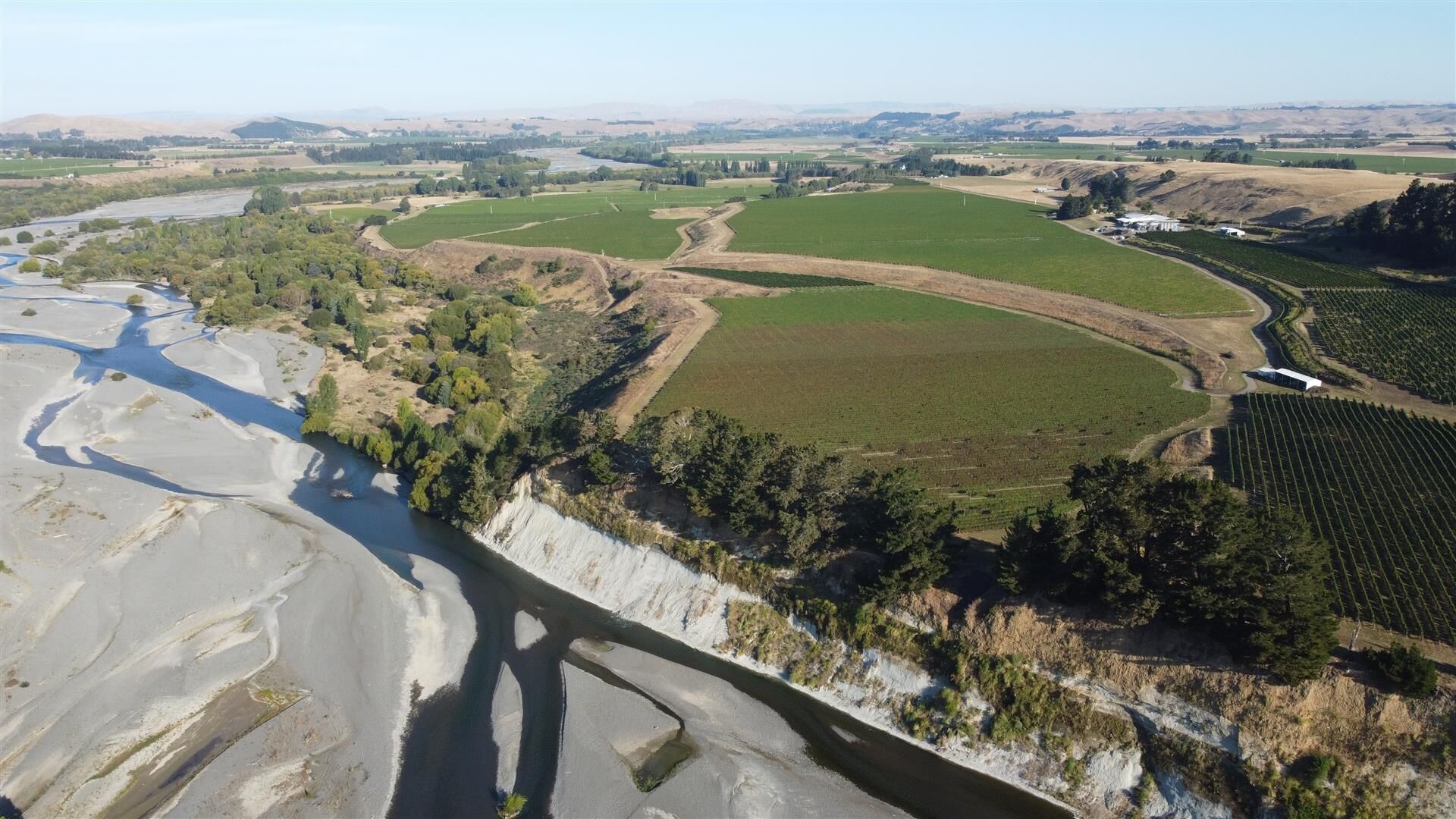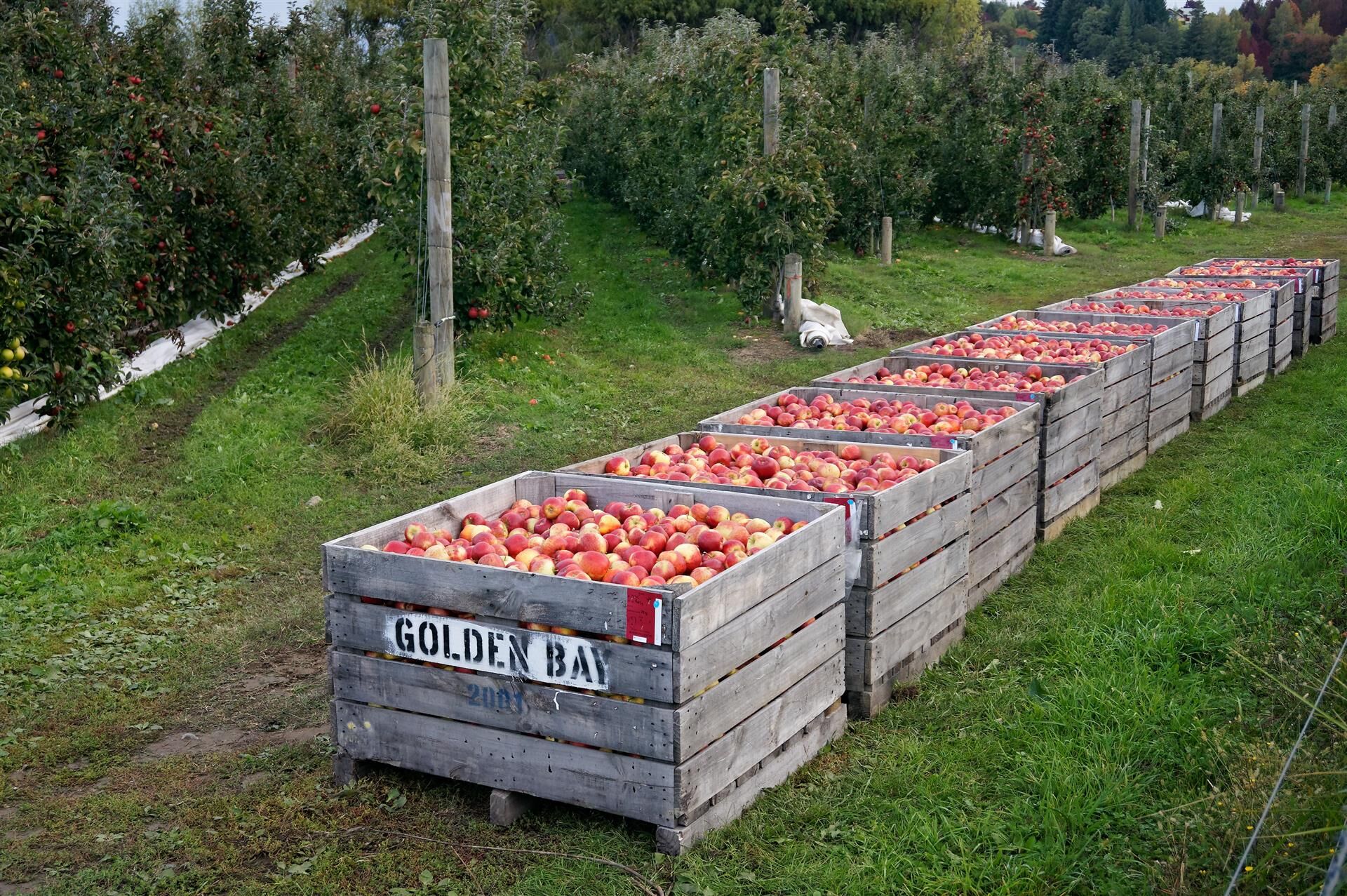Rural Insight -
Golden soils need protection

The storm events of summer 2023 along almost the entire length of the North Island’s east coast have highlighted to many Kiwis the vulnerability and the value of the country’s productive horticultural land. Cyclones Hale and Gabrielle left little of the island’s eastern flank immune, touching on over 80% of the country’s highest value growing land.
Latest data on New Zealand’s horticultural exports highlight the increasing value this land is playing in helping New Zealand earn its way internationally, and by default the need to do more to protect and mitigate the risk of future damage to it.
Nick Hawken, Bayleys National Director Rural says in light of recent events some big decisions are going to have to be made about protection from future events, and the export earnings of such land must play a role in determining any cost: benefit to industry and communities when remediating the damage.
At the turn of the millennium in 2000 horticultural exports generated $1.7 billion, or 6.5% of New Zealand’s merchandise earnings. Come 2021 this has almost quadrupled to $6.68 billion, now accounting for more than 11% of primary sector export earnings.
These earnings have been generated off a relatively static land base of about 115,000ha, and are dominated by only four key crops – kiwifruit, grapes, apples, and vegetables. Their collective export earnings of $6.68 billion in 2021 equate to average earnings of $55,000 a hectare.
“This is not an insignificant amount, and while it doesn’t necessarily talk to per hectare profitability compared to other dairy, sheep and beef primary sectors, it certainly highlights the relative GDP and export contribution that needs to be preserved and protected for all of NZ.”
SunGold kiwifruit sit at the top of the earnings tree, generating about $177,000 of average export income a hectare, followed by apples at an average of $82,000/ha and grapes at $45,000/ha.
But the predominately static area committed to supporting these valuable crops has clearly been heard at an industry and government level.
The “Our Land” report published in 2021 highlighted and revealed just how at risk the land is that is required to grow these crops.
The area of horticulture land classed as “highly productive” that has been lost to housing area and urban expansion equates to 35,000ha of highly productive soils between 2002 to 2019.
Nick Hawken said the amount of land being lost to urbanisation may surprise many New Zealanders who take our open spaces in the countryside for granted, given our relatively low population density.
“But the actual areas that are habitable and within reach of key centres in New Zealand often conflict with other land uses, including food production. All up in New Zealand today half of our land area jostles for use as housing, farming and forestry.”
“The longer-term losses of such soils to urbanisation, and the immense impact of weather events, has added urgency to how we manage and protect this land.”
The loss of valuable horticultural land prompted government to push the National Policy Statement for Highly Productive Land (NPSH), which came into effect from October last year. It aims to ensure the availability and protection of New Zealand’s most highly productive soils for food production in years to come, as much for national food security as for export earning potential.
The policy gives councils a three-year window to identify, map and manage the highly productive land within their boundaries to help ensure it remains available for growing vegetables, fruit or other land based primary produce into the future.
If the policy statement aims to protect the soils from urban creep, then the horticultural sector’s recently released industry action plan lays a clear roadmap on how to boost production and value from that valuable but scarce land base.
It sets out a pathway for more sustainable management of the valued soil resource, including better mapping of water resources, more modelling on climatic impacts in growing districts and more investment in water storage projects.
The NPSH, while well intended, isn’t without fishhooks and possibly unintended consequences for landowners. Any rural landowners who are likely to be impacted by the NPSH should look to understand the implications on the value and future use of their land.

Read more...